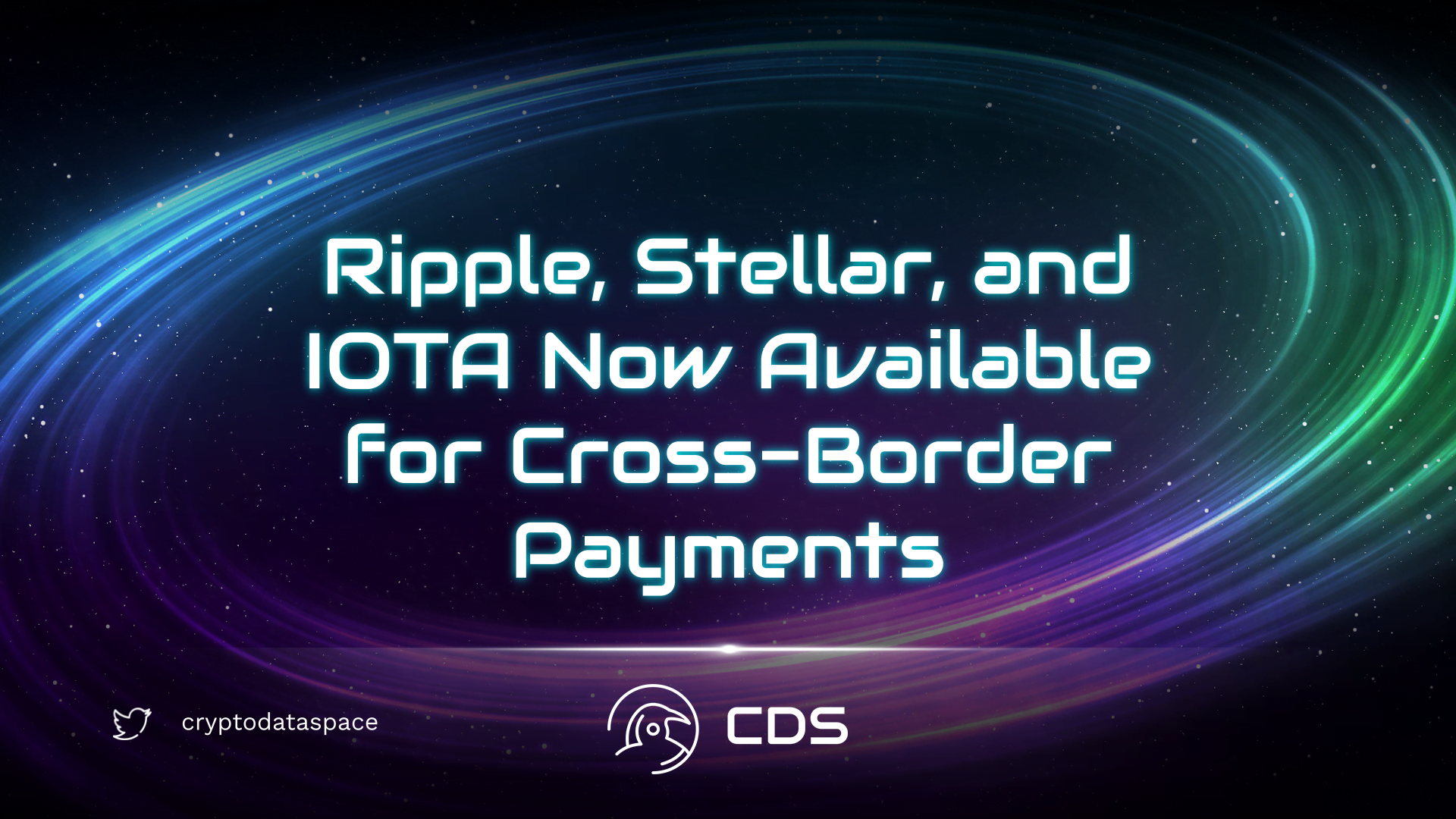The impending ISO 2022 Regulation has some time until the US Federal Reserve decides to act. Ripple, Stellar, and IOTA, among other well-known companies, are already on a course to capture that market and establish dominance in the roughly trillion-dollar space.
Ripple, Stellar, and IOTA Now Available for Cross-Border Payments

In addition to increasing the speed of low-value cross-border transitions, global collaboration may lead to improvements in efficiency and dependability. It consists of transaction charges that have been disclosed to all parties engaged in the transactions and that have been previously agreed upon.
Ripple, IOTA, and Stellar enter the scene at that point because they currently hold the segment’s lead. For instance, Ripple can exploit RippleNet to its fullest potential by taking use of its affiliation with ISO 20022.

“The community has welcomed the step, hailing it to have all the required functionalities that are enough to improve trade across the globe and expand financial inclusion to places where the traditional banking system is struggling to reach. Stellar could be in a tighter spot, though. Ripple has the benefit of already possessing cutting-edge technology”
Ripple Net
Why Are Cross-Border Payments Important?

The importance of low-value cross-border payments stems from two key factors: commercial considerations and global financial inclusion. However, low-value cross-border transactions are frequently challenging to carry out because they require time, are challenging to trace, and have opaque transaction costs.
This causes monetary disparity and makes doing business harder. The world is changing quickly, and financial transactions must keep up. A small delay results in a significant loss for commercials with large book values. People may have to wait longer to have their urgent needs met if a transaction is received later than expected.















Leave a comment